Seiko Adds An Extremely Rare 1969 Observatory Certified Chronometer To Its Museum
A historically very important watch finds its way back to Ginza.
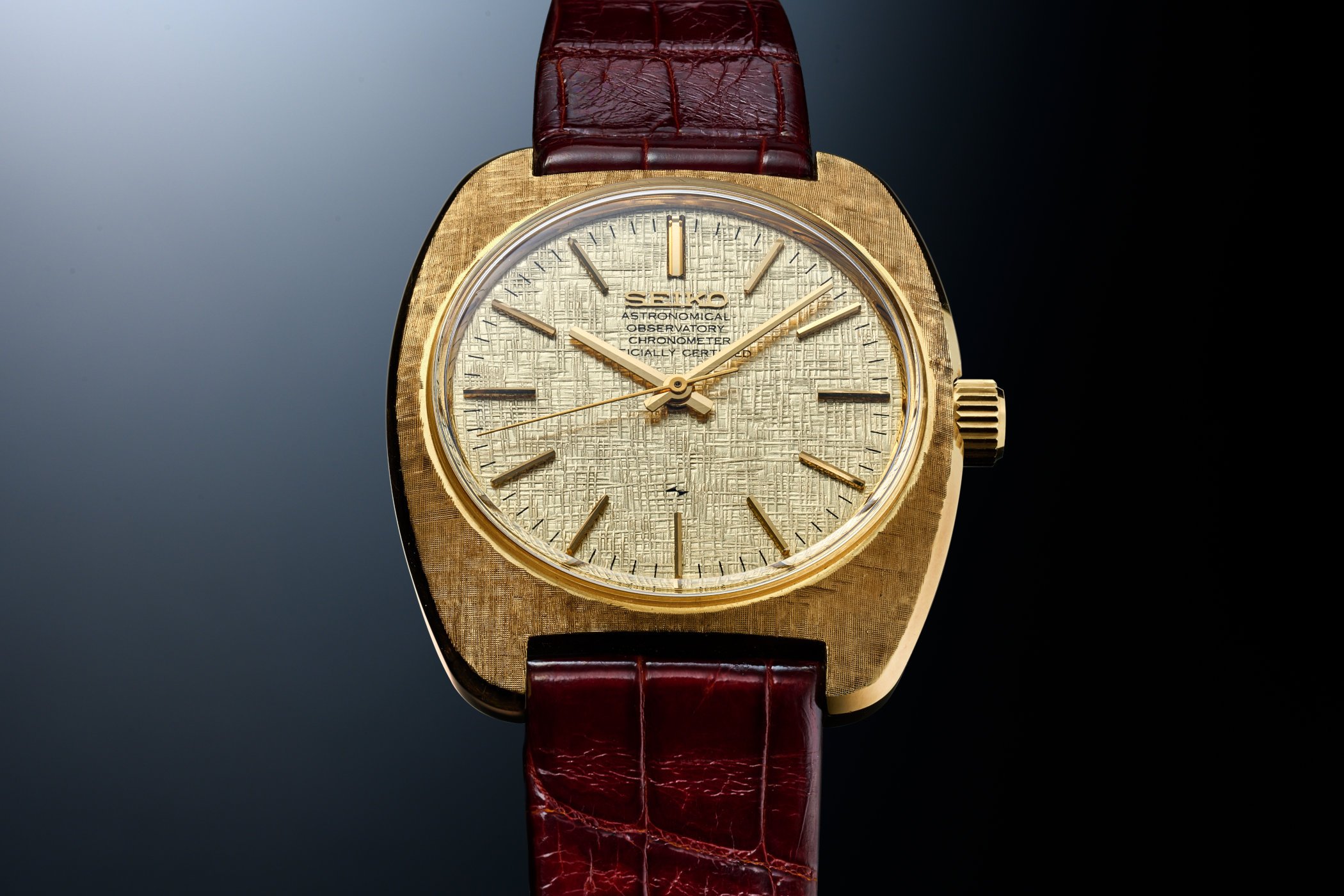
The archives of the greatest watchmaking companies ever to have existed, or still exist to this day for that matter, are often riddled with historical milestones. Especially when it considers groundbreaking technological innovation or watches that drastically increase the quality or precision compared to the ones before it. The thing is, with so many companies going out of business over time, or perhaps surviving not one but two World Wars, these archives can sometimes contain blank spaces. A specific watch, along with any records that go with it, can easily be misplaced, or even worse, destroyed. So it’s quite the news story when a watchmaking company that’s still in business today uncovers such a monumental piece and manages to obtain it! With more than a century of history to look back on, Seiko is exactly one such company, as news surfaced they have been able to add a very significant watch to its Seiko Museum in Ginza, Tokyo, Japan. The watch in question is a 1969 Seiko Observatory Certified Chronometer, and that should already tell you a lot!
Throughout history, multiple watchmaking companies have created so-called Observatory watches. These watches featured a movement that was thoroughly tested for its accuracy, one of the most well-known being the Neuchâtel Observatory Chronometer Standard. The Neuchâtel Observatory has a history that dates back to 1858, the year it was established. The first chronometric tests were conducted in 1860, as a direct consequence of Swiss law that required third-party testing to market high-precision movements. Eventually, this grew into an actual competition, where watchmakers would try and best others with ever more accurate movements. The popularity peaked in the early 1940s, as the first wristwatches would be entered into the competition. Initially only open to Swiss watchmakers, the competition opened up to other nationalities in 1959. The key criterion was chronometric stability, and scores were handed out to each movement during testing.
Seiko first entered this competition in 1964, as both the Daini Seikosha and Suwa Siekosha put a wristwatch to the test. This direct competition between the two factories would lead to the internal rivalry between Grand Seiko (Suwa Seikosha) and King Seiko (Daini Seikosha), a story well documented of course. Within only a couple of years, both Diani Seikosha and Suwa Seikosha were able to compete with the very best. By 1968 a wristwatch by Suwa Seikosha came in fourth in the Geneva Observatory Competition with a score of 58.19 points. If converted to the scoring of the Neuchâtel Observatory Chronometer Standard, this would have set an all-time record at the time. It was only bested by Swiss-made Quartz watches in that year.
The watch Seiko is now adding to its museum is from the year 1969 and stands out for the fact it is one of the few serially produced Observatory watches by any manufacturer, with Seiko producing just 73 pieces. The top of the case has a linen-like texture, carried over from the dial, with time indicated by faceted hour and minute hands. The watch was sold with the 4520A movement that was tested for 45 days by the Neuchâtel Observatory and comes in a gold-coloured case. This manually wound movement used 25 jewels, runs at a frequency of 36,000vph and is perhaps one of the best-ever movements by Seiko in general.
This fascinating piece can now be admired in the Seiko Museum Ginza as part of a new exhibition that will be open to the public. For more information, please visit Museum.Seiko.co.jp.

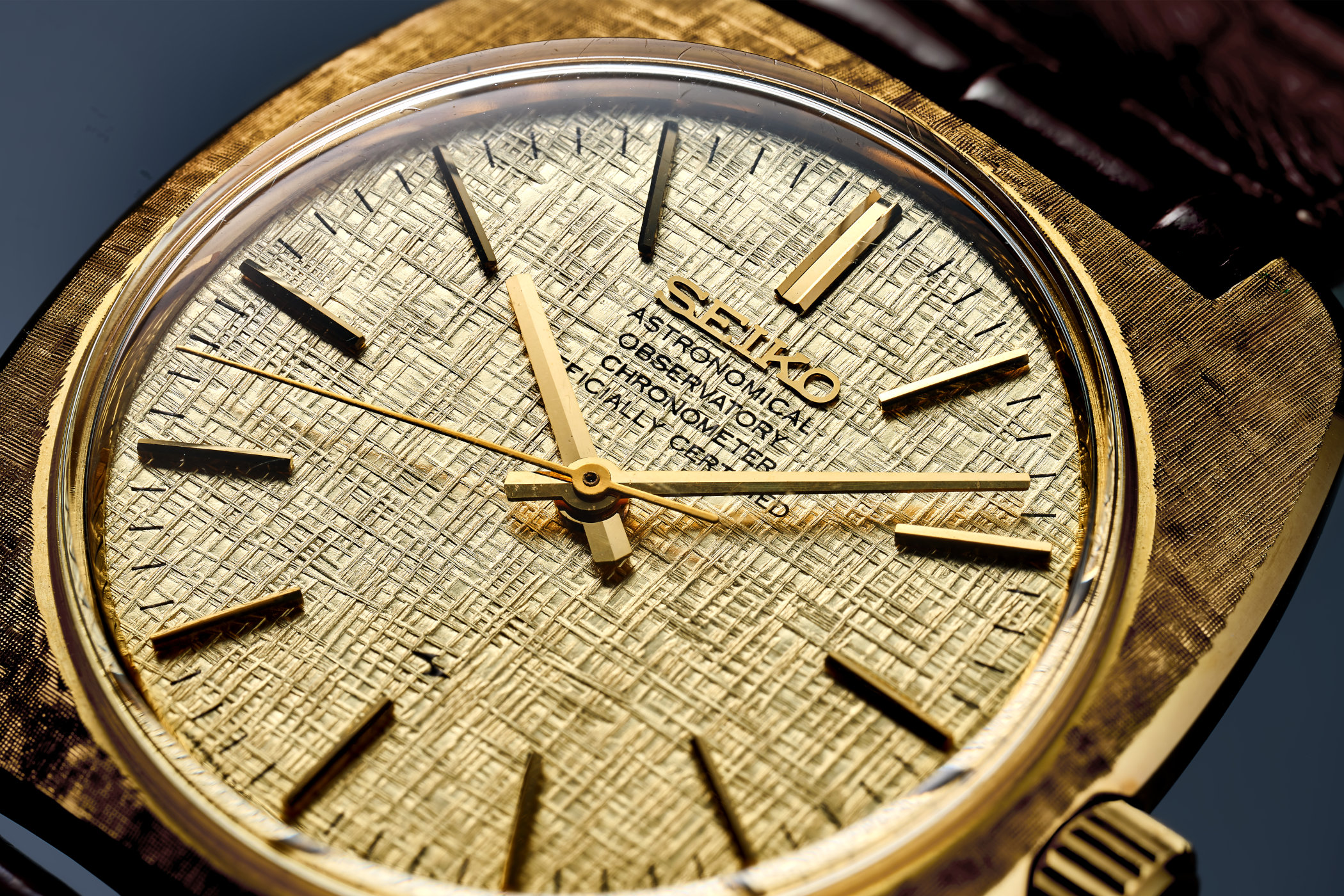
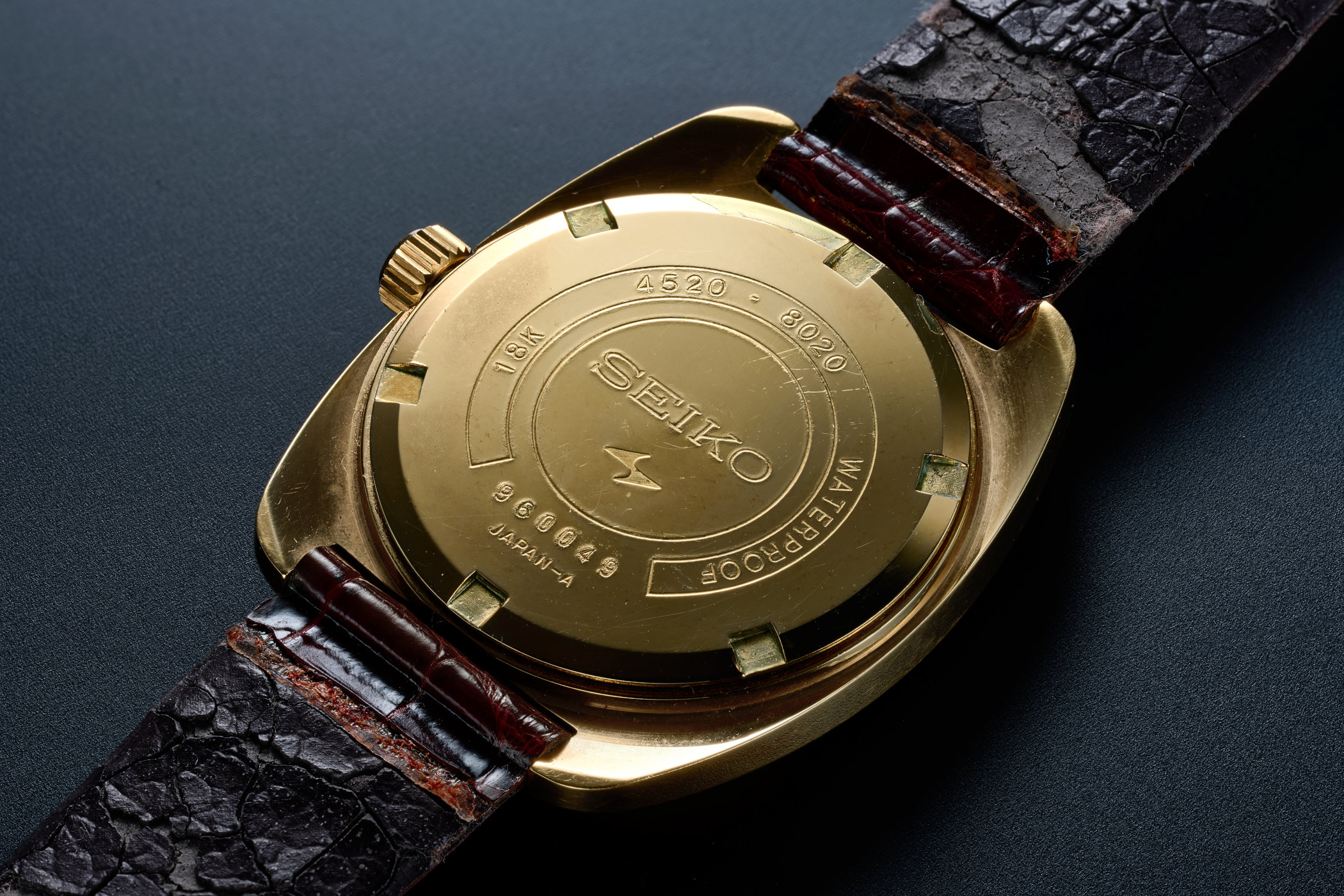
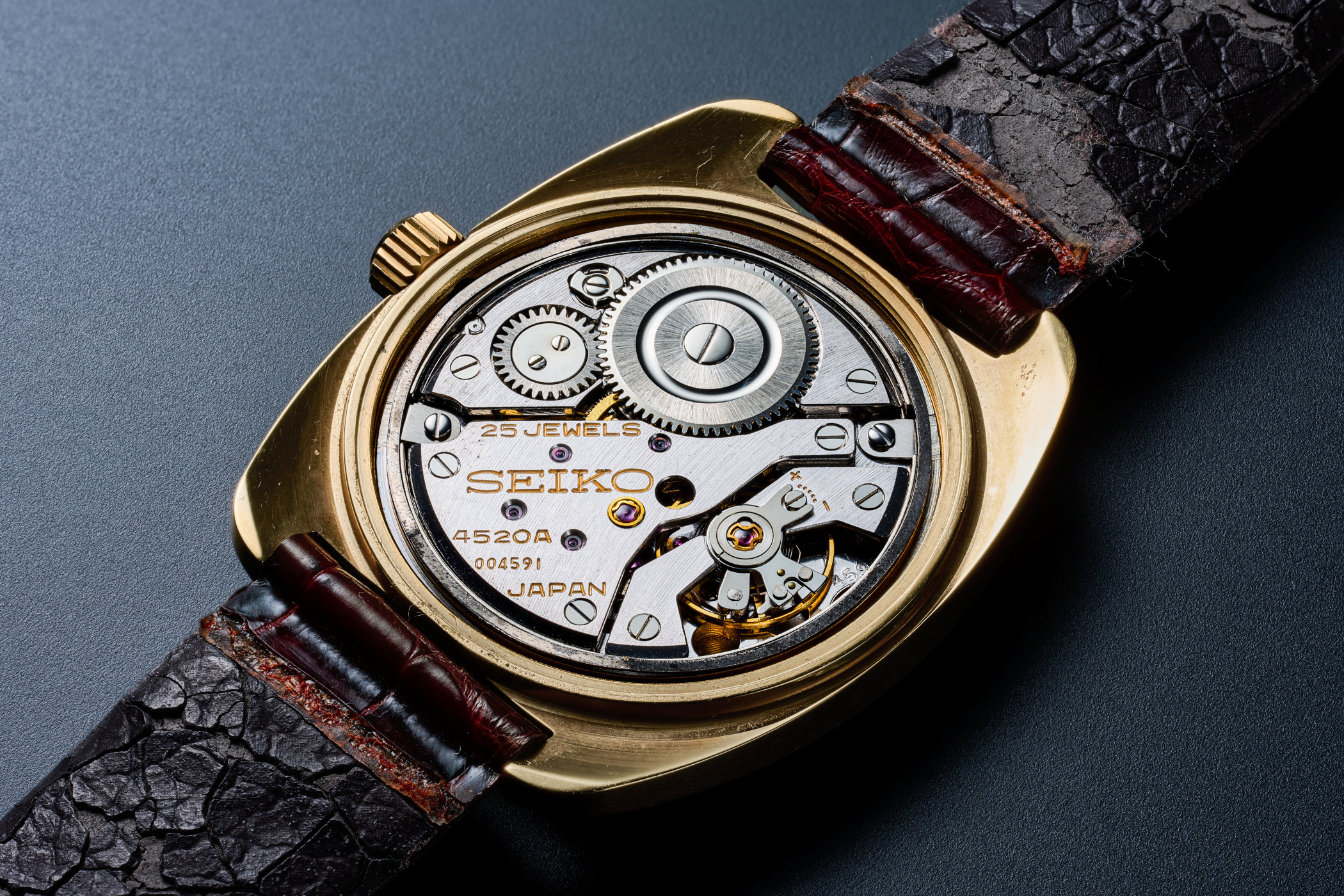
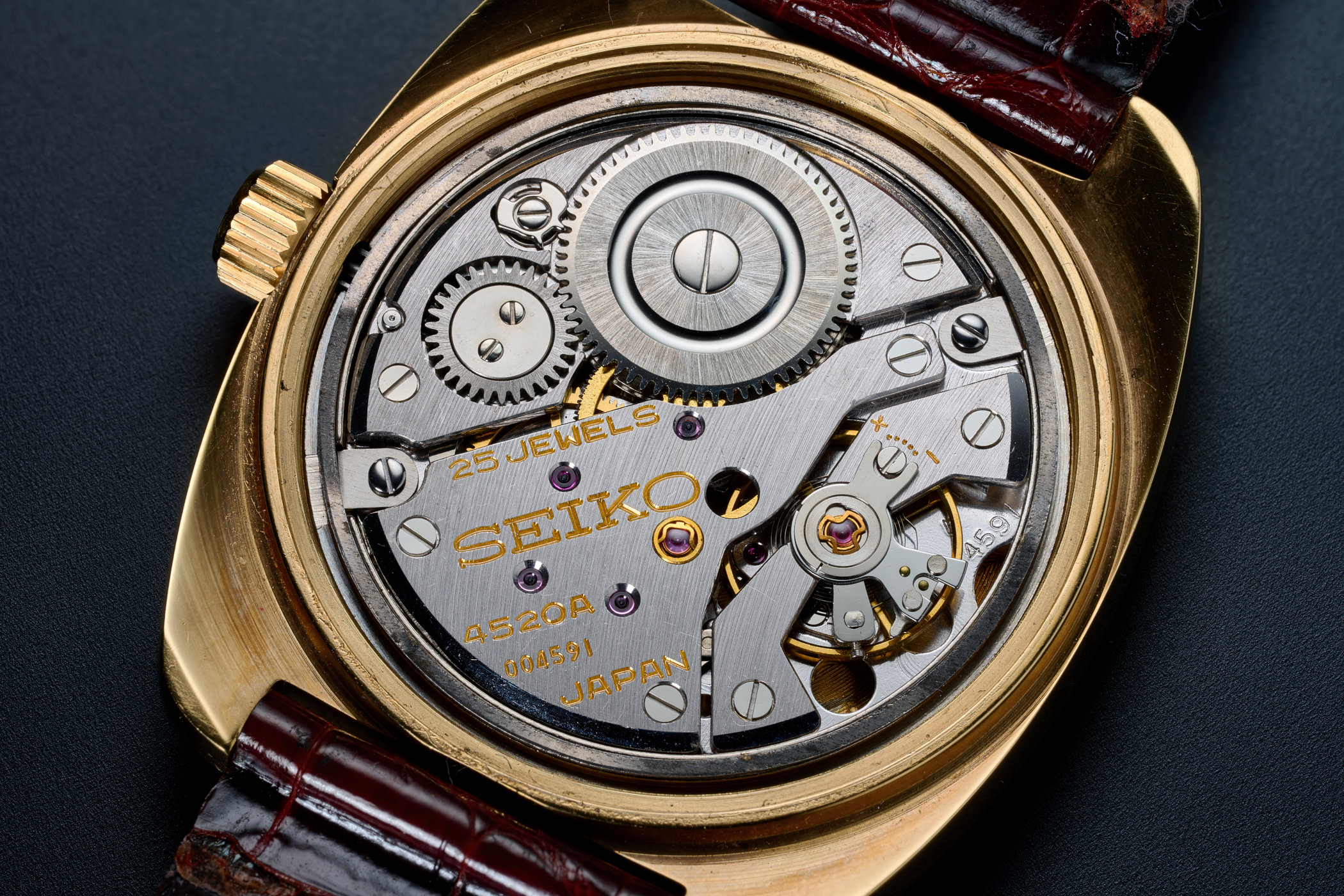
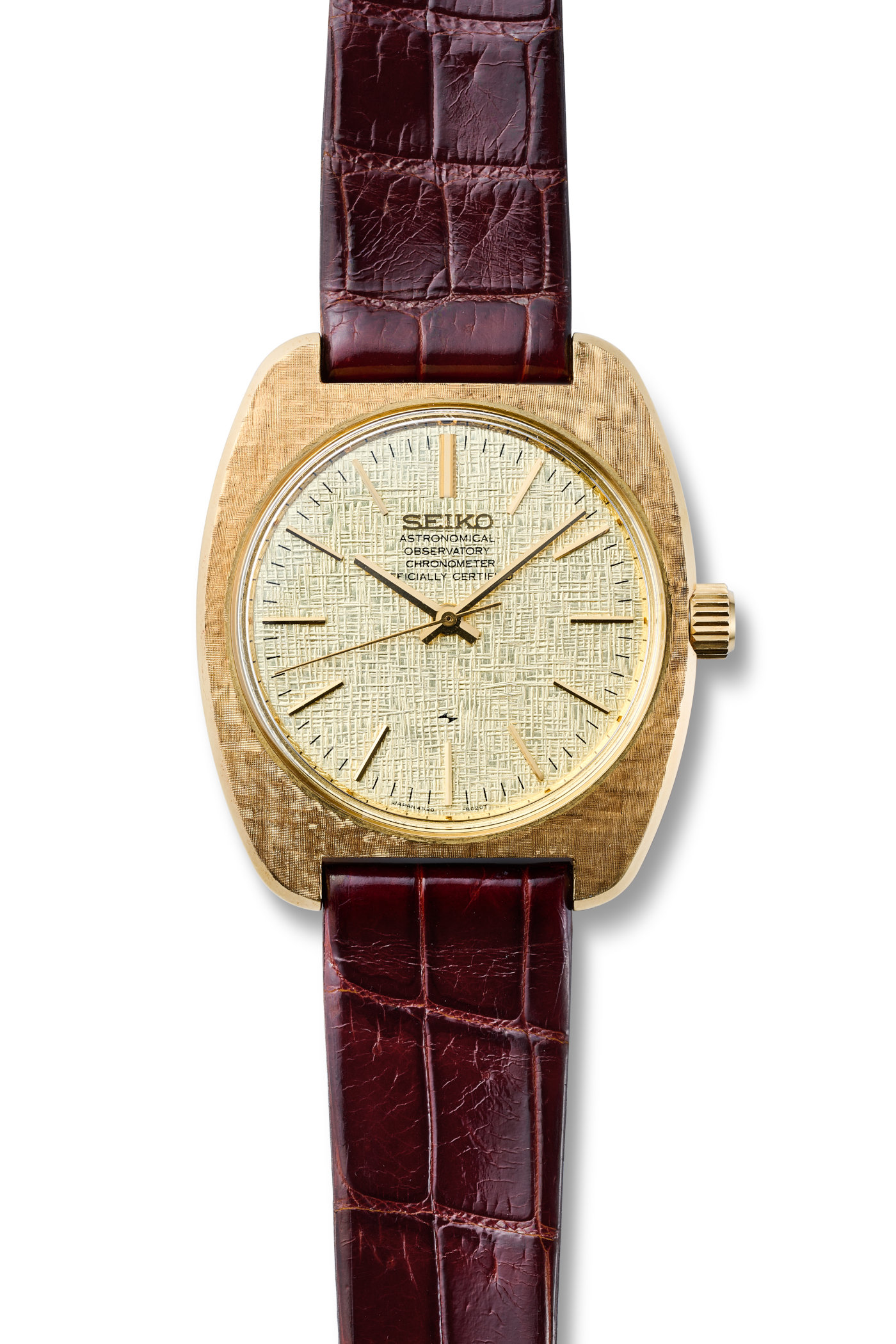
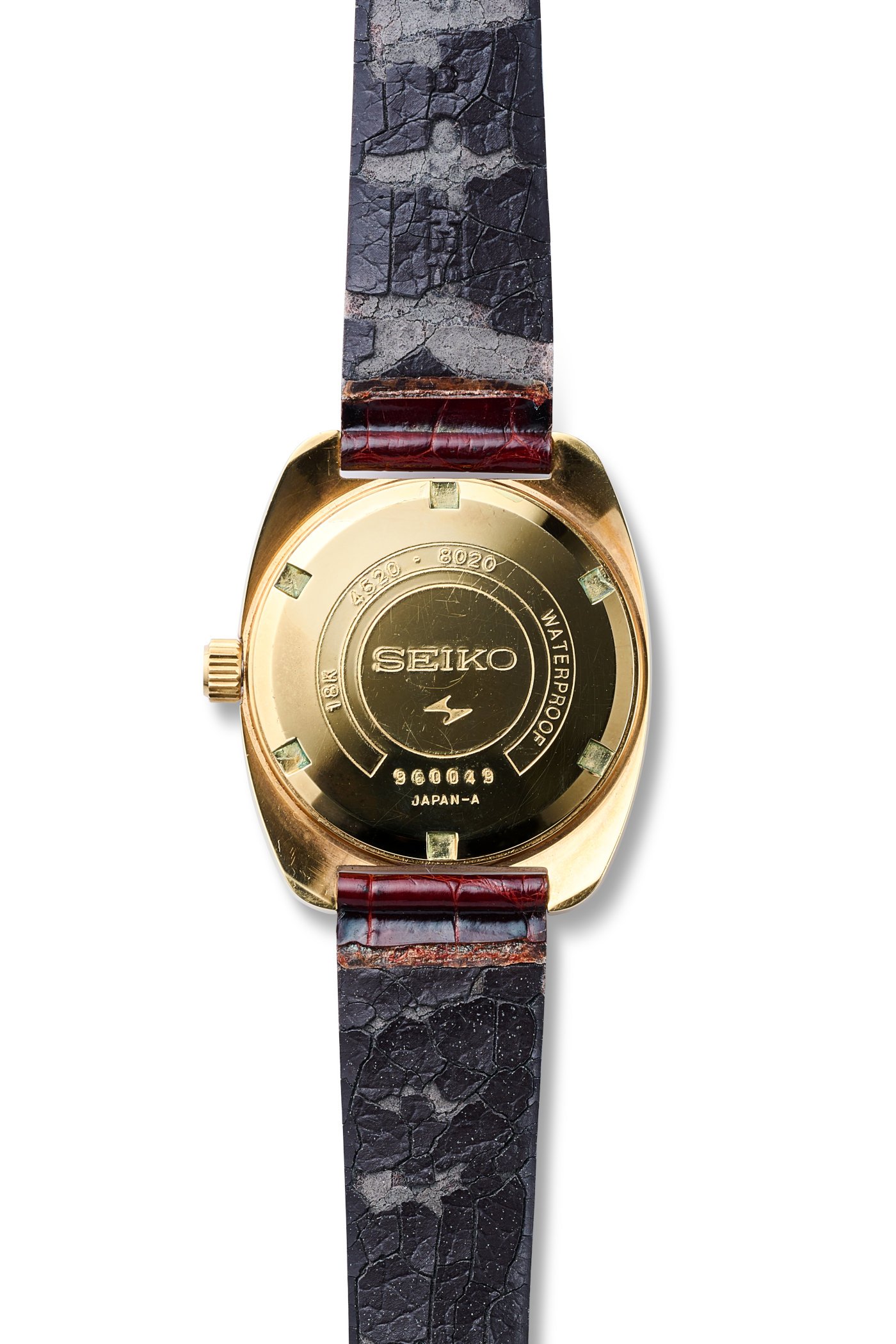



5 responses
YES they have built great watches for a long time
a caliber like this should be in production now.
This is a fantastic watch and it is always nice to see another example of these surface. The article may be a little misleading as it seems to draw come kind of connection between the Observatory trials and the watch. The watch has nothing to do with the Neuchâtel Observatory Chronometer Competitions other than the fact that this movement was tested at the same location as the competition was held.
The 4520A movement in the watch is an excellent performer but nowhere near the top level performance of the competition models. Of the 73 watches that were awarded chronometer certification the best performing example of the watch would have achieved an N-Score of 5.80 that would have placed 173rd in the 1967 competition. The average N-Score for the 73 4520A models was 10.73 placing 282nd in the 1967 competition.
Comparing a general production calibre with a specially designed competition calibre is not really realistic, it is like comparing a Porsche 911 to a Formula 1 car, both a great performers but not on the same level and only one can be used as a daily driver.
“comes in a gold-coloured case” would be because it is a sold 18K gold case with the textured top surface and polished sides. I believe that the hands and dial furniture are also solid gold, and likely the dial itself. The amount of gold in these models is likely another reason some examples have been lost over the years with some being lost to scrap for the metal value.
4520, meaning that it was actually a Grand Seiko.